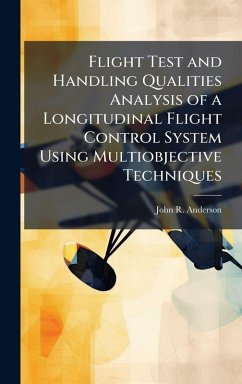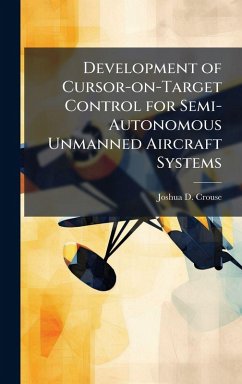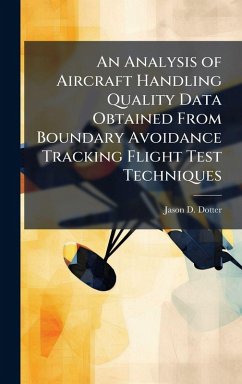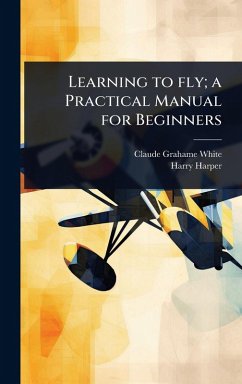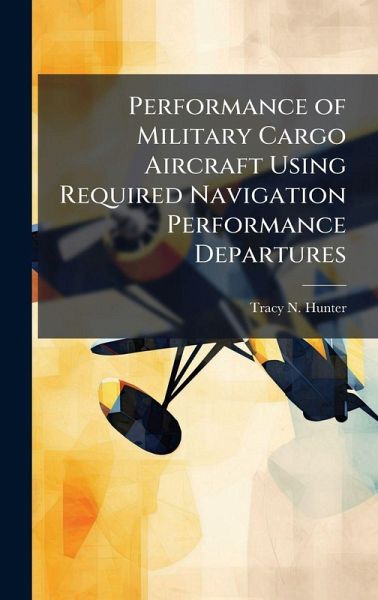
Performance of Military Cargo Aircraft Using Required Navigation Performance Departures
Versandkostenfrei!
Versandfertig in über 4 Wochen
28,99 €
inkl. MwSt.
Weitere Ausgaben:

PAYBACK Punkte
14 °P sammeln!
Maximum takeoff weight for cargo aircraft is affected by many factors including the aircraft's ability to safely climb out to altitude. When there are obstacles in the departure path, the total weight of the aircraft may have to be reduced to ensure the aircraft will achieve the appropriate climb rate to clear the obstacles. During times of limited visibility, aircrews traditionally rely on predetermined departure paths limited by the aircraft navigation capability and the ground based navigation aids. A Required Navigation Performance (RNP) departure with accuracy down to 0.3 mile could allow...
Maximum takeoff weight for cargo aircraft is affected by many factors including the aircraft's ability to safely climb out to altitude. When there are obstacles in the departure path, the total weight of the aircraft may have to be reduced to ensure the aircraft will achieve the appropriate climb rate to clear the obstacles. During times of limited visibility, aircrews traditionally rely on predetermined departure paths limited by the aircraft navigation capability and the ground based navigation aids. A Required Navigation Performance (RNP) departure with accuracy down to 0.3 mile could allow the aircraft to safely navigate around obstacles with better precision, allowing a greater takeoff weight. This study compared current instrument departure procedures with predicted RNP 0.3 departures by computing the maximum allowable weight limit for the C-5 aircraft under a range of operating temperatures at three separate locations. The results showed that an increased precision of the RNP 0.3 departures had an operational advantage by allowing an increased cargo, passenger, or fuel load. The amount of weight increase was dependent upon a variety of factors, to include airframe type and location. To receive certification from the FAA to fly RNP 0.3 procedures, specific requirements such as training and equipment are necessary. Current configurations of the C-5 aircraft do not support RNP 0.3 procedures. This work has been selected by scholars as being culturally important, and is part of the knowledge base of civilization as we know it. This work was reproduced from the original artifact, and remains as true to the original work as possible. Therefore, you will see the original copyright references, library stamps (as most of these works have been housed in our most important libraries around the world), and other notations in the work. This work is in the public domain in the United States of America, and possibly other nations. Within the United States, you may freely copy and distribute this work, as no entity (individual or corporate) has a copyright on the body of the work. As a reproduction of a historical artifact, this work may contain missing or blurred pages, poor pictures, errant marks, etc. Scholars believe, and we concur, that this work is important enough to be preserved, reproduced, and made generally available to the public. We appreciate your support of the preservation process, and thank you for being an important part of keeping this knowledge alive and relevant.



